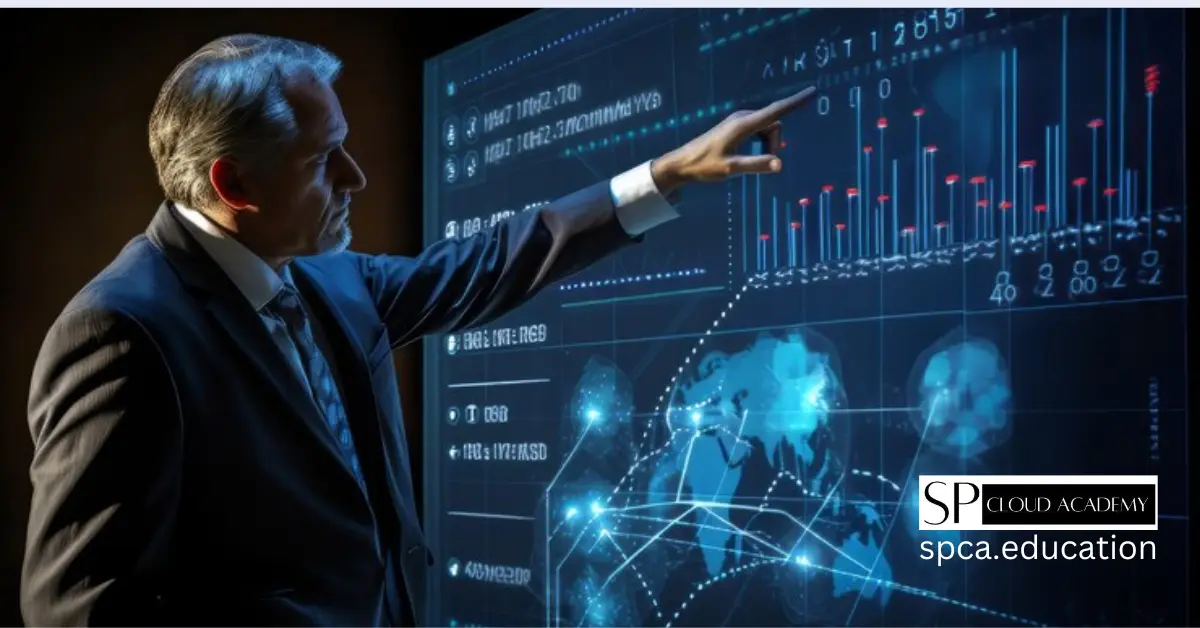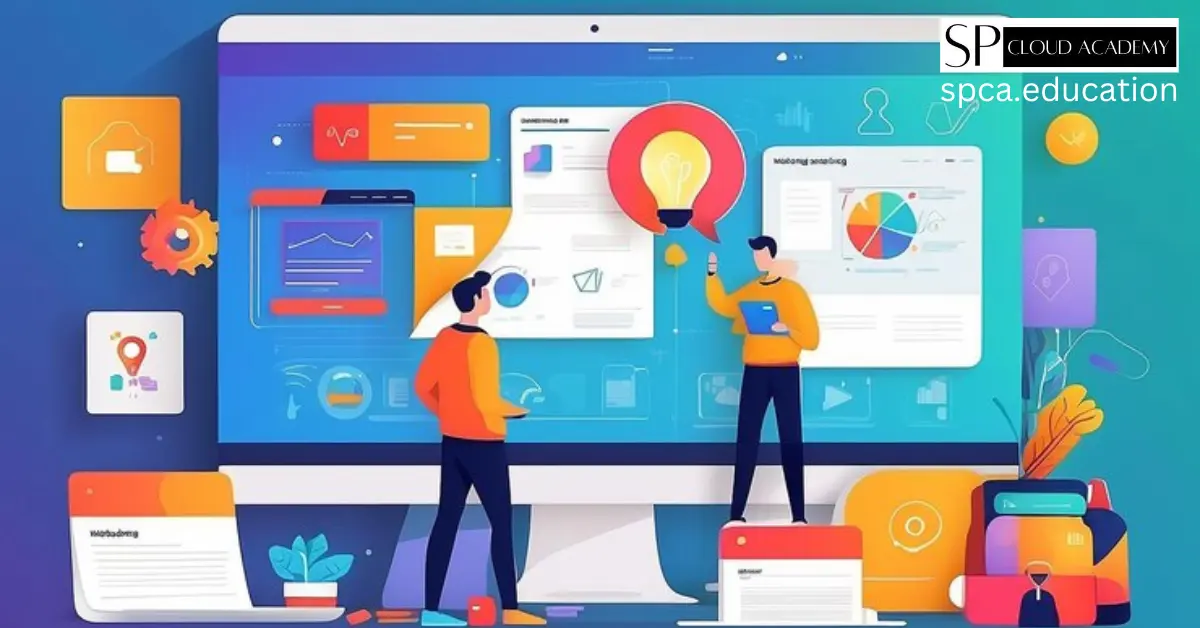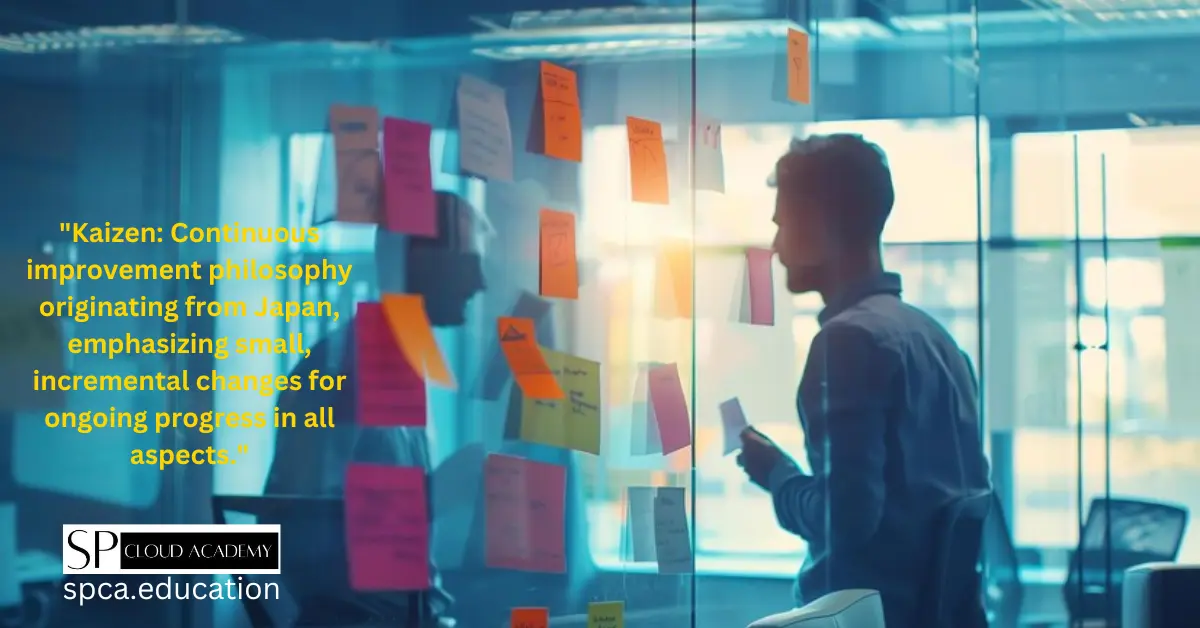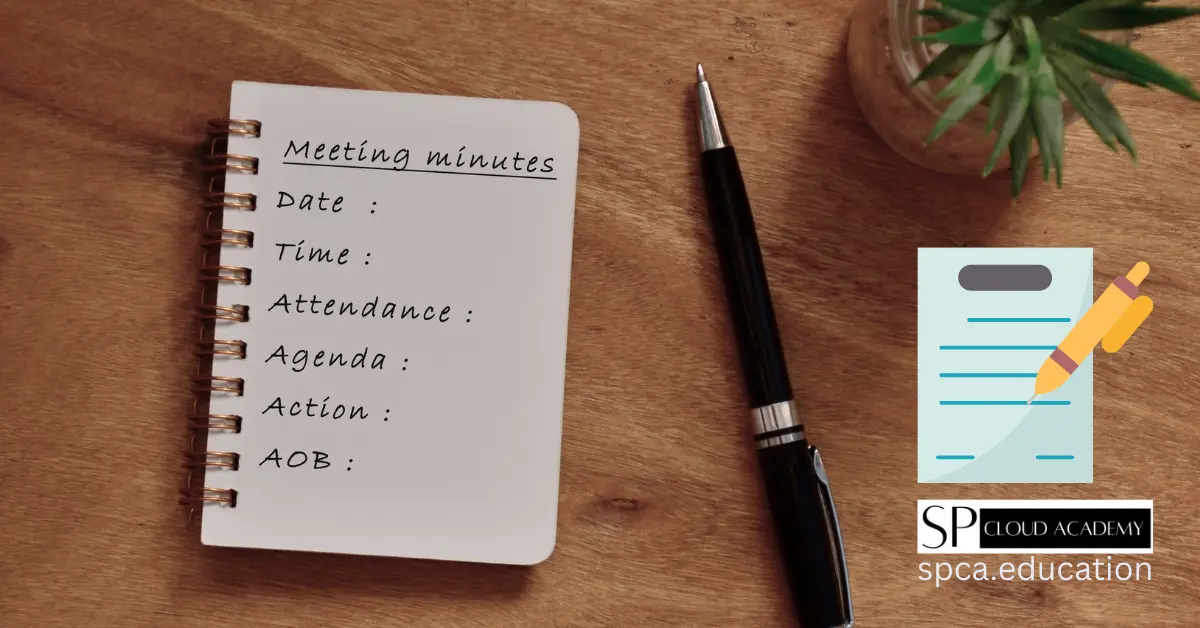When it comes to effective communication and documentation in the business world, meeting minutes play a crucial role. Meeting minutes are the official written record that captures the key discussions, decisions, and action items from a meeting. They serve as a valuable reference for participants and a historical record of what transpired during the meeting. In this step-by-step guide, I will walk you through the art of writing meeting minutes to ensure that you can document meetings in a clear and concise manner.
Importance of Meeting Minutes
Before delving into the process of writing meeting minutes, it’s important to understand why they are so vital in a professional setting. First and foremost, meeting minutes serve as a legal and official record of the meeting. They can be referred to in case of disputes, misunderstandings, or legal matters. Additionally, meeting minutes provide a summary for those who were unable to attend the meeting, keeping everyone informed and enabling them to stay up to date on the progress of projects or initiatives. Furthermore, meeting minutes serve as a reminder of action items and deadlines, ensuring that tasks are assigned and completed in a timely manner.
Key Elements of Effective Meeting Minutes
To ensure that your meeting minutes are effective and serve their purpose, there are several key elements that should be included. Firstly, start with a header that indicates the name of the organization, the meeting’s title, the date, and the location. This sets the context and provides a clear reference for future use. Next, include a list of attendees, noting those who were present and absent. This helps to identify who was involved in the discussions and decisions. Following the list of attendees, provide an agenda or meeting objectives to outline the topics that were discussed during the meeting. This helps to structure the minutes and allows readers to quickly jump to specific sections of interest. Finally, include a section for action items, decisions, and follow-up tasks. This ensures that everyone is aware of their responsibilities and deadlines.
Preparing for the Meeting
One of the key factors in writing effective meeting minutes is proper preparation. Before the meeting, familiarize yourself with the agenda and any supporting documents or materials that will be discussed. This will help you understand the context and enable you to take more accurate notes during the meeting. Additionally, ensure that you have the necessary tools for note-taking, whether it’s a notepad and pen or a laptop. Familiarize yourself with any templates or formatting guidelines that your organization may have for meeting minutes. This will help you structure your notes and ensure consistency in your documentation. Finally, arrive at the meeting early to set up and ensure that you have a clear view of the participants and any presentation materials.
During the Meeting: Taking Notes and Capturing Key Points
During the meeting, it’s important to actively listen and take concise notes to capture the key points and discussions. Start by noting the date, time, and location of the meeting at the top of your page. As the meeting progresses, focus on the main topics and discussions, avoiding the temptation to transcribe everything verbatim. Instead, aim to summarize the main ideas, decisions, and action items. Use bullet points or numbering to organize your notes and make them easier to read and reference later. If there are any presentations or visuals, make sure to note the key points and any relevant information. Be sure to also capture any questions or concerns raised during the meeting, as these may be important for follow-up or clarification.
After the Meeting: Organizing and Structuring the Minutes
Once the meeting is over, it’s time to organize and structure your notes into a cohesive and comprehensive set of meeting minutes. Start by reviewing your notes and filling in any gaps or clarifying any unclear points. Then, begin by formatting your minutes according to the template or guidelines provided by your organization. This may include adding the meeting details, attendee list, agenda, and action items sections. Use clear headings and subheadings to break down the minutes into easily digestible sections. Consider using bullet points, numbering, or indentation to further enhance the readability of your minutes. Make sure to proofread your minutes for accuracy, clarity, and grammar before finalizing them.
Formatting and Style Guidelines for Meeting Minutes
When it comes to formatting and style guidelines for meeting minutes, consistency is key. Use a font and font size that is easy to read, such as Arial or Times New Roman in size 12. Align your text to the left and use single spacing between lines. Use headings and subheadings to structure your minutes and make them easier to navigate. Consider using bold or italic formatting to highlight important points or action items. Use bullet points or numbering to break down information into concise and organized sections. Finally, use proper grammar, punctuation, and spelling to ensure the professionalism and accuracy of your meeting minutes.
Common Mistakes to Avoid in Meeting Minutes
While writing meeting minutes, there are a few common mistakes that should be avoided. Firstly, avoid including unnecessary details or personal opinions. Stick to the key points and discussions without going off on tangents. Secondly, avoid using technical jargon or acronyms that may not be familiar to all readers. If necessary, provide explanations or definitions to ensure clarity. Additionally, do not assign blame or attribute statements to specific individuals unless it is absolutely necessary for the context. Focus on the content and outcomes of the meeting rather than personal preferences or biases. Finally, avoid delaying the distribution of meeting minutes. Aim to distribute them within a reasonable timeframe to ensure that attendees can act on the action items promptly.
Tips for Efficient and Accurate Minute-Taking
To improve your minute-taking skills and ensure efficiency and accuracy, here are some useful tips to keep in mind. Firstly, practice active listening during the meeting. This means paying full attention to what is being said and taking note of the key points without distractions. Secondly, develop your shorthand or abbreviations to help you take faster notes. This could include using symbols or shortcuts for commonly used words or phrases. Additionally, consider using technology to aid in your minute-taking process. There are various apps and software available that can help you capture, organize, and format your meeting minutes more efficiently. Finally, seek feedback and learn from your experiences. Review your meeting minutes and ask for input from colleagues or superiors to continuously improve your documentation skills.
Tools and Templates for Writing Meeting Minutes
To make the process of writing meeting minutes even easier, there are various tools and templates available that can streamline your workflow. Many word processing software, such as Microsoft Word or Google Docs, offer pre-designed templates for meeting minutes. These templates provide a structure and format that you can simply fill in with your own content. Additionally, there are online platforms and apps specifically designed for meeting management that include features for note-taking, agenda creation, and action item tracking. Explore these options and choose the one that best suits your needs and preferences.
Best Practices for Distributing and Archiving Meeting Minutes
Once your meeting minutes are finalized, it’s important to distribute and archive them appropriately. Start by sending the minutes to all attendees and any other relevant stakeholders. Consider using email or a dedicated collaboration platform for easy distribution. Make sure to include a clear subject line indicating the meeting title and date for easy reference. Additionally, save a copy of the meeting minutes in a secure location for future reference and archiving. This could be a shared drive, a document management system, or a physical filing system, depending on your organization’s preferences. Regularly review and update your archives to ensure that they remain accessible and organized.
Conclusion: The Value of Well-Written Meeting Minutes
In conclusion, the art of writing meeting minutes is a vital skill for effective documentation in a professional setting. Well-written meeting minutes serve as a valuable record of discussions, decisions, and action items, ensuring that everyone stays informed and accountable. By following the step-by-step guide outlined in this article, you can master the art of writing meeting minutes and contribute to efficient and productive meetings in your organization.
CTA: Improve your minute-taking skills and enhance your professional documentation by implementing the tips and best practices outlined in this article. Start practicing the art of writing meeting minutes today and experience the benefits of effective communication and documentation in your workplace.
See Also
Mastering the Art of Organizing a Successful Meeting: A Step-by-Step Flowchart to Ensure Productivity and Efficiency
https://spca.education/mastering-the-art-of-organizing-a-successful-meeting-a-step-by-step-flowchart-to-ensure-productivity-and-efficiency/
Effortless Efficiency: A Comprehensive Guide to Preparing the Perfect Working Paper for Meetings
https://spca.education/effortless-efficiency-a-comprehensive-guide-to-preparing-the-perfect-working-paper-for-meetings/
The Art of Writing Meeting Minutes: A Step-by-Step Guide for Effective Documentation
https://spca.education/the-art-of-writing-meeting-minutes-a-step-by-step-guide-for-effective-documentation/
Smart Workplace: https://spca.education/category/smart-workplace/
-

The Key to Success: Unleashing the Power of Smartness in the Workplace
-

The Power of Data-Driven Decisions: Unlocking Success Through Insightful Analytics
-

The Ultimate Guide to Streamlining Project Management and Collaboration with Google Sites
-

Unleash Your Productivity: The Definitive Guide to Gmail Management
-

Unlocking the Power of Kaizen: How Continuous Improvement Can Revolutionize Your Business
-

Decoding the Dress Code: Navigating Formal, Informal, and Casual Attire in the Modern Workplace
